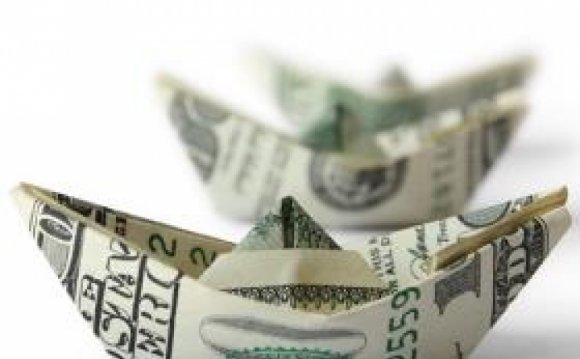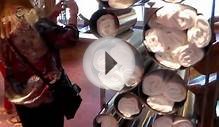
 Cruise ship spas have changed dramatically since the days when massages were offered in converted laundry rooms. Today they're multimillion-dollar industries, offering an array of exotic treatments to ease just about any ill or simply pamper you into relaxed bliss.
Cruise ship spas have changed dramatically since the days when massages were offered in converted laundry rooms. Today they're multimillion-dollar industries, offering an array of exotic treatments to ease just about any ill or simply pamper you into relaxed bliss.
The early days of onboard spas were very different from today, according to Susie Ellis, president of SpaFinder. Ellis worked with Cunard back in the early 80's to open a Golden Door spa on Queen Elizabeth II. As an experiment, they converted one of the laundries on the sixth deck into the small spa. There were no windows, and the space was cramped, but it was a huge success, she says.
Fast forward 30 years, and every major cruise line outfits its ships with wondrous spa facilities that include salon and barber services, spa treatments (for women, men and, sometimes, even teens), thalassotherapy pools and thermal relaxation areas. Spas are so popular that prime-time appointments for treatments often fill up on embarkation day. Spa enthusiasts in the know frequently hit the reservation desk even before visiting the buffet or unpacking.
But for the uninitiated, spa menus might as well be in a foreign language. You've spent a nonstop day in port, and you just want to relax or ease some aches and pains. What to pick? Are the treatments the same as in land-based spas? What the heck do some of those fancy names mean (Ionithermie, anyone)? Are the prices more or less expensive? Are the treatments even safe?
 Never fear - we can translate. From what to expect from the various treatments to understanding treatment pricing, here's our primer on cruise ship spas.
Never fear - we can translate. From what to expect from the various treatments to understanding treatment pricing, here's our primer on cruise ship spas.
Editor's note: This piece focuses on spa treatments only, and not salon services (like hair-styling and mani-pedis).
Standard TreatmentsIn general, Ellis said, cruise ship spas offer most of the same services that land-based spas offer: massages, facials, wraps and body scrubs. Of all the treatments, massages are by far the most popular, Vanessa Picariello, a spokesperson for Norwegian Cruise Line, says. On Norwegian Epic, for example, massages constitute 65 to 70 percent of spa services rendered.
Most ship spas offer a range of massage styles, from basic Swedish and aromatherapy to hot stone massages. An aromatherapy massage is generally a Swedish massage in which scented oils are used to help set your mood - lavender scents to calm the nerves, mint to refresh the body, etc. In a hot stone treatment, heated stones are placed on your back before the massage begins (and sometimes during the treatment) to help loosen your muscles. Deep-tissue massages are for those who like a lot of pressure (and perhaps just a little pain).
Facials are second in popularity, Lane says, representing about 10 percent of spa services. In general, all facials cleanse and moisturize the skin. If you've never had a facial before, you might want to start with a gentle facial, as the more comprehensive facials often include uncomfortable blackhead removal.
Wraps and scrubs round out the typical spa treatments. Scrubs exfoliate the skin, leaving your arms, legs and other areas feeling soft and smooth. Wraps are generally used for detoxifying and involve being slathered in mud or algae and being wrapped tightly in foil for 20 to 30 minutes. If you're even slightly claustrophobic, skip the wrap.
Nontraditional Treatments
Eastern treatments, cosmetic and "medispa" (short for medical spa) services are relatively new to onboard spas, though they're growing in popularity. The growth of medispa services, in particular, is being driven by cruise ship demographics, SpaFinder's Ellis said.
"Because cruise passengers tend to skew older, [cruises are] a good match for these cosmetic services."
Eastern treatments include reflexology, reiki and acupuncture. In reflexology, a therapist applies pressure to the feet, hands and ears to activate chi (a healing life energy) in parts of the body that correspond with the pressure points manipulated. Reflexology is often combined with massage for a more complete treatment.
Reiki is a much more ephemeral treatment, in which a healer places his or her palms on specific parts of a patient's body to give and move energy around. Reiki is said to promote relaxation and internal healing.
Acupuncture also is an energy-based treatment, but the energy is manipulated through the use of small needles placed on specific chi points on the body. Acupuncture can be used to treat chronic pain (headaches or muscle pain), insomnia and seasickness. It also promotes overall well-being.
RELATED VIDEO












